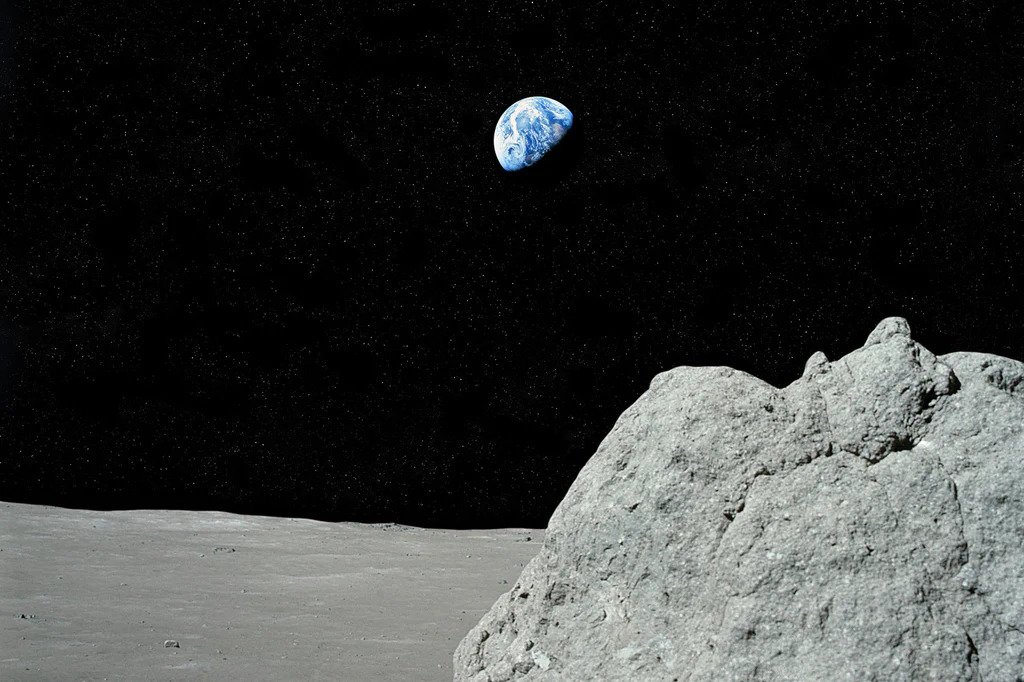When the Apollo 17 mission was on the Moon, they left seismometers at their landing site. Thanks to them, people have become convinced that sometimes there are surface fluctuations on this celestial body. However, it has turned out that there is a hitherto unknown type of this phenomenon.

Apollo 17 seismometers
When the Apollo 17 astronauts landed on the Moon, they calibrated three seismographs to work on it. These devices are designed to detect earthquakes or in this case “moonquakes”.
In general, our natural moon is considered to be a geologically dead body. About a billion years ago, its core finally cooled down. It looks like there has never been any movement of lithospheric plates on it at all. Therefore, it is believed that there are no traditional tectonic phenomena on it.
But there are tremors on it, which occur for quite exotic reasons. And they were discovered by spectrograph studies that lasted from October 1976 to May 1977. Their testimony confirmed that there are three main types of “moonquakes” on our moon: deep, shallow, thermal and due to meteorite impacts.
New type of “moonquakes”
Most of the “moonquakes” recorded by the Apollo 17 seismograph are of the thermal type. With the change of day and night, the surface of our moon warms up to 121 °C, then cools down to 133 °C. These differences deform the surface, and these phenomena occur both at dawn and at sunset. At the same time, their frequency is extremely accurate.
The main research on these seismometers was completed back in the 1970s. However, their data has been stored until now. And scientists, checking them, made an amazing discovery. They found a fifth, previously unknown type of “moonquake”. They were repeated only in the morning.
When the researchers began to check what caused them, they found that the reason was the landing stage of Apollo 17. This massive metal structure remained standing on the surface after the astronauts flew home. And every time the Sun rises above the Moon, it heats up this product of the human mind, and it jumps a little above the surface. And no matter how small these fluctuations are, seismographs perceive them.
Last month, a new seismic instrument appeared on the Moon with the help of the Indian lander Chandrayaan-3, and it managed to record evidence of surface vibrations. The Instrument for Lunar Seismic Activity (ILSA), consisting of six highly sensitive accelerometers, recorded a seemingly natural moonquake on August 26, 2023. Its source is still being clarified, and it is quite possible that it will be the Chandrayaan-3, which went into sleep mode on September 2, preparing for the lunar night.
According to www.space.com
Follow us on Twitter to get the most interesting space news in time
https://twitter.com/ust_magazine
